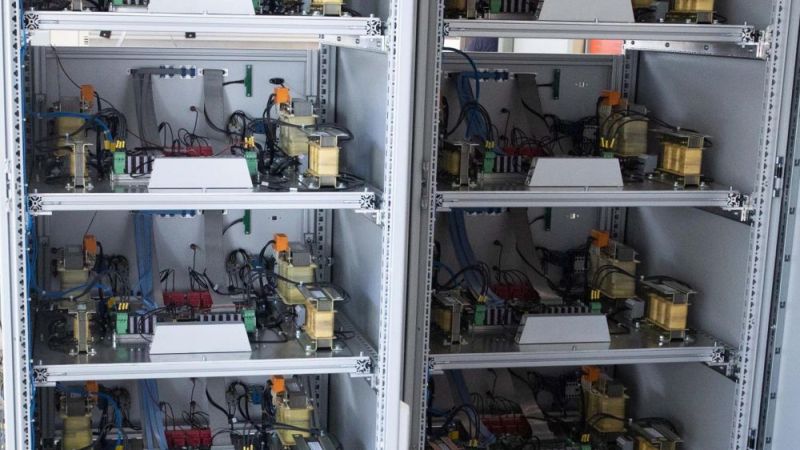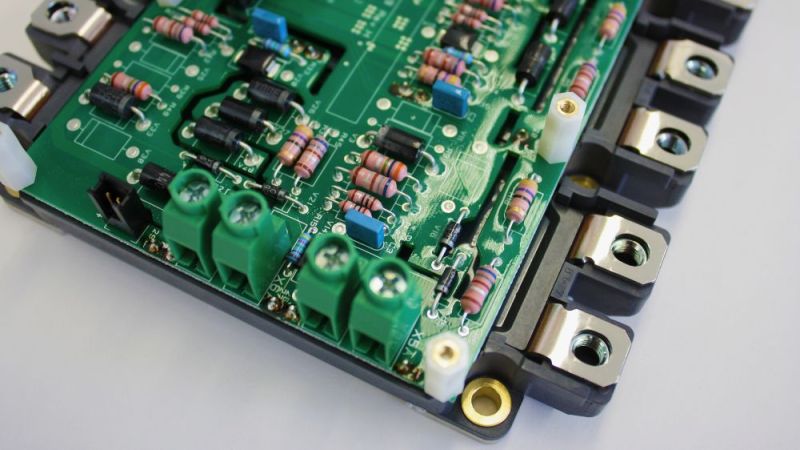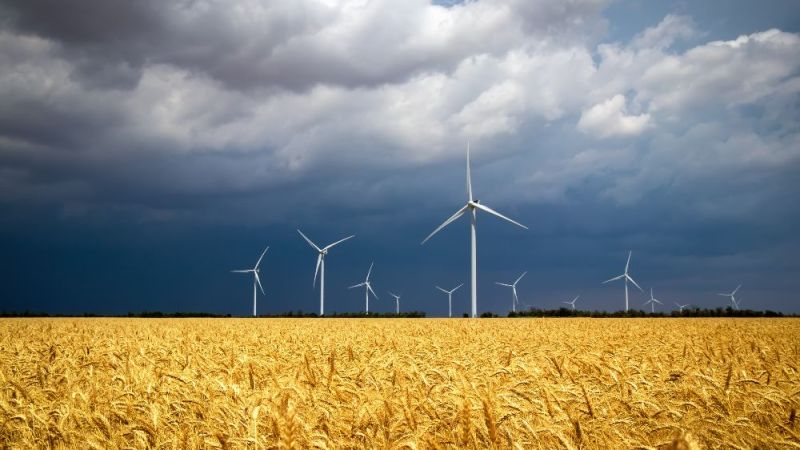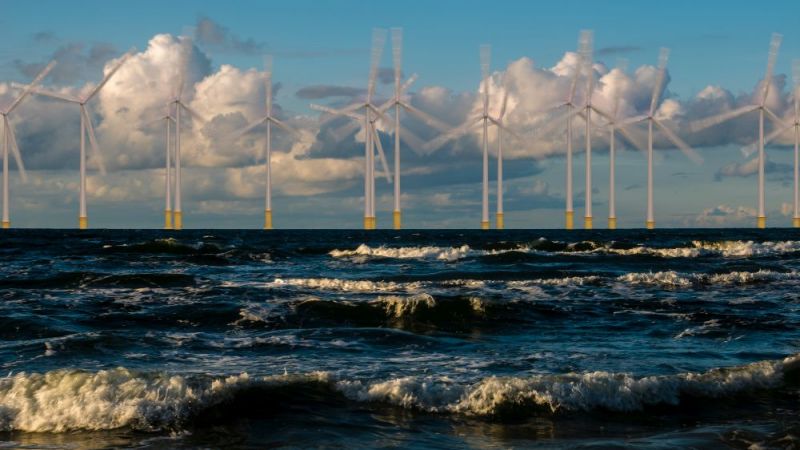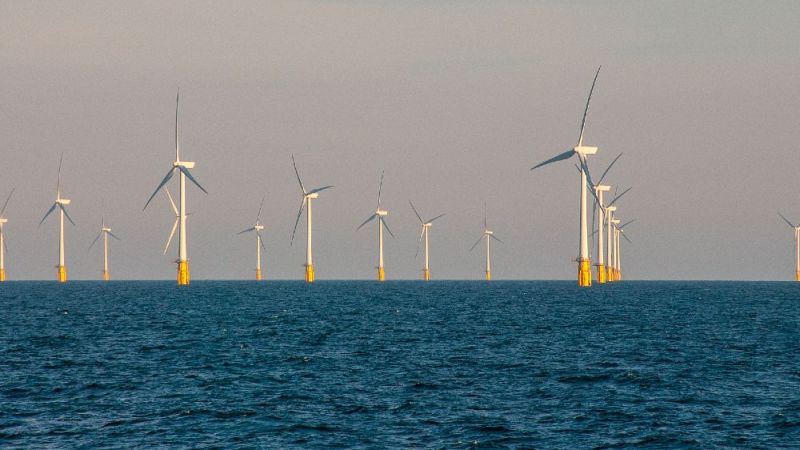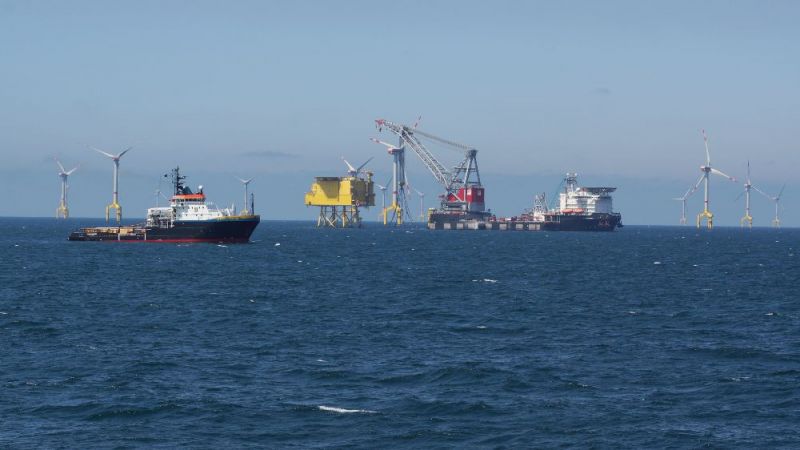Wind power
Fraunhofer IWES develops the world's largest network simulator
The new test rig enables science teams to test how powerful wind turbines can optimally supply power to the grid.
Wind turbines are becoming more and more powerful. This brings more power, but also new challenges in grid connection. The current test stands are reaching their output limits. The research project Mobil-Grid-CoP, short for "Mobile Test Facility for Grid Compliance Tests", by the Fraunhofer Institute for Wind Energy Systems IWES is intended to close this gap.
In the future, the new mobile grid simulator will be able to simulate different grid connection points and dynamic grid events directly in the field on prototypes with an output of up to 20 megawatts. In addition to network faults, the scientists can also simulate dynamic frequency changes and power outages. The grid simulator therefore makes it possible to conduct realistic tests that show whether large wind turbines can supply power to the grid without any problems.
Test rig is connected to hydrogen test field
"With Mobil-Grid-CoP, Fraunhofer IWES is developing the world's largest grid simulator with an output of 80 megavolt-amperes. This can be seamlessly integrated into our existing test infrastructure at DyNaLab (Dynamic Nacelle Testing Laboratory), and can also be used in the open field. Moreover, it can also be connected to the planned hydrogen test field", says Professor Jan Wenske, Deputy Institute Director and Chief Technology Officer of Fraunhofer IWES, summarising the advantages of the new test rig.
The commissioning of Mobil-Grid-CoP is planned for autumn 2022. The German Federal Ministry for Economic Affairs and Energy (BMWi) is funding the research project with 12.7 million euros.




